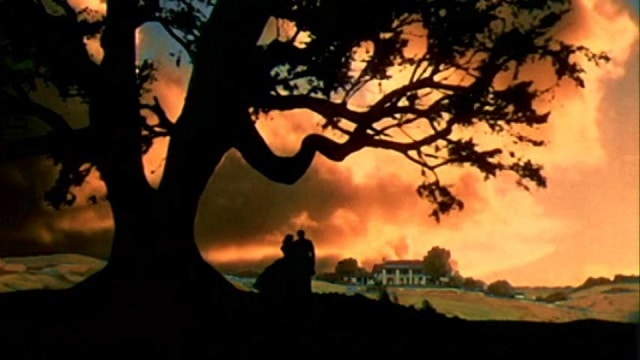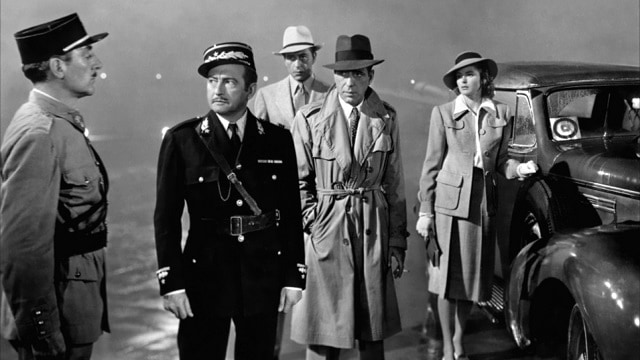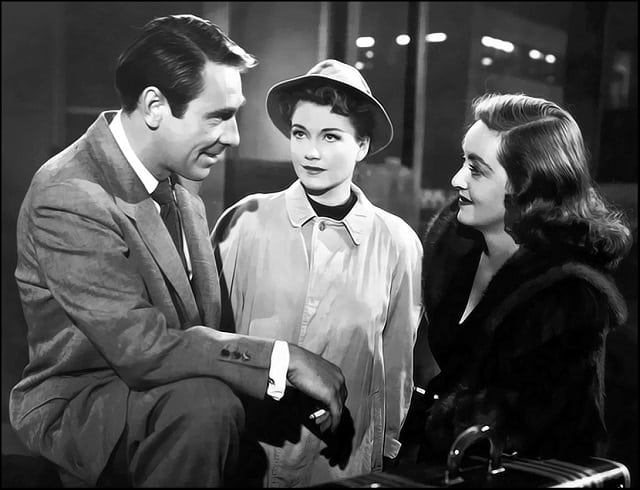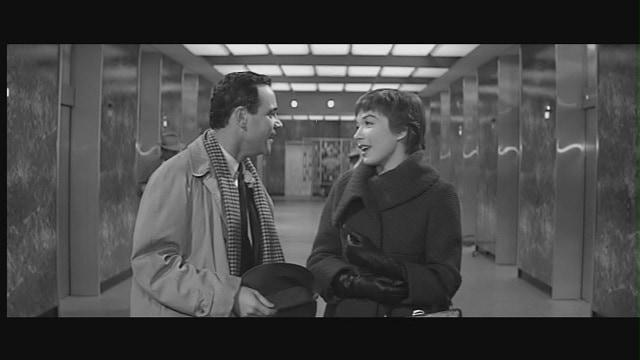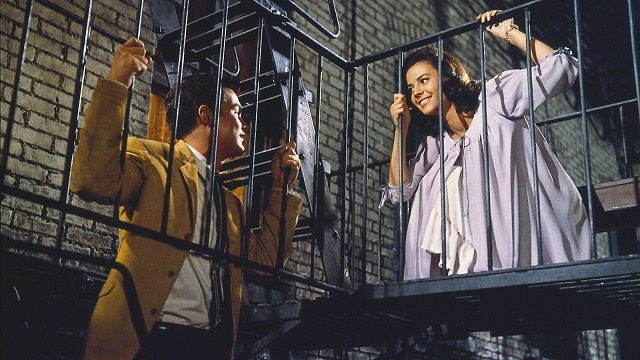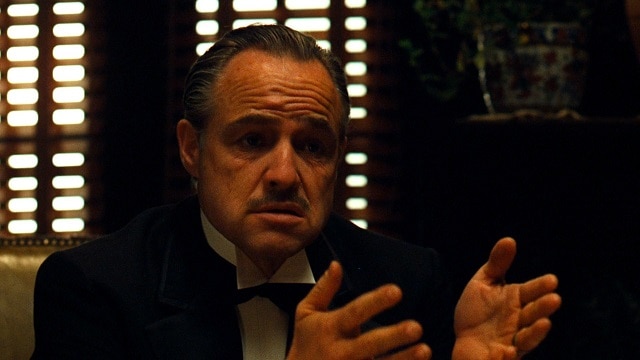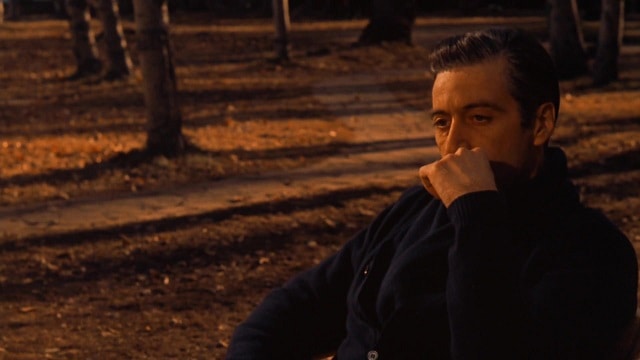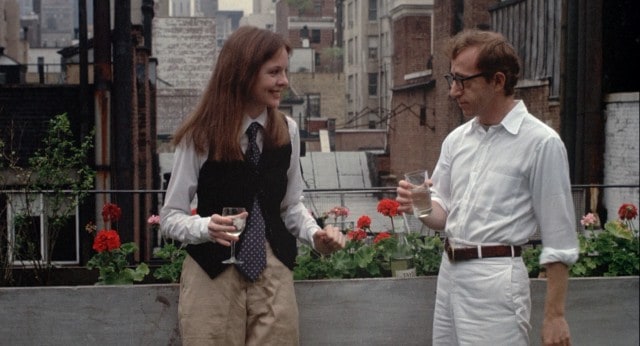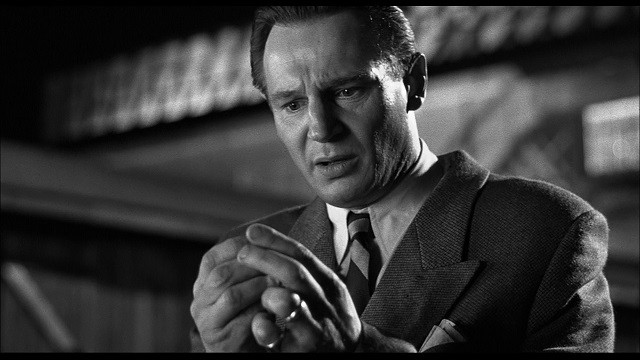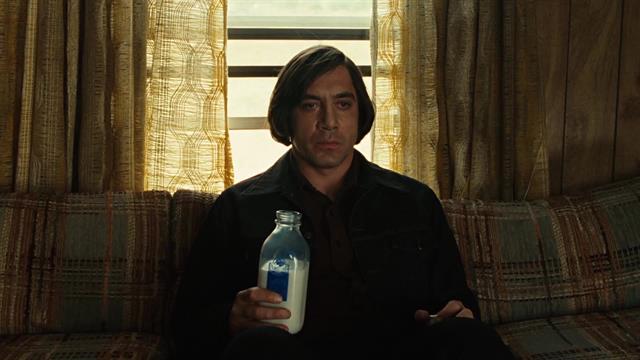The Academy Award for Best Picture is a fascinating prize. Some years, it seems like the winner is a clear indicator of what people will remember best about that particular year in film. Others, the prize feels almost meaningless, awarded more out of some arbitrary sense of importance than because the prize will actually mean anything in ten years time.
The truth behind the Oscars is that a great deal goes into the voting other than the respective merits of each film. When Martin Scorsese won for The Departed, it felt more like the prize was being awarded based on lifetime achievement than because of the merits of that individual film. Scorsese likely should have won for Taxi Driver, which wasn’t even nominated for Best Picture, or Goodfellas, which lost to Dances with Wolves.
Scorsese is just one example of the ways in which the Academy tends to reward films because of context within the industry. It shouldn’t come as much of a surprise, really. The Academy is made up of Hollywood insiders, and so the narratives which surround a film matter as much as the merits of the film itself.
It’s clear then that the Academy does not always get it right. Sometimes, though, they manage to pick a film that is not only startlingly resonant, but also emblematic of the year in which it took home the trophy. With all that in mind, here’s our list of the ten best films to ever win Best Picture.
Gone with the Wind
Gone with the Wind is four hours long, and yet it still may be one of the most entertaining films to ever take home the top prize. Awarded in a packed 1939 field which also included The Wizard of Oz and Mr. Smith Goes to Washington, this film represents everything that early Hollywood movie-making represented. The film follows Scarlett O’Hara (Vivien Leigh) as she lives through the Civil War and deals with her often complicated feelings for Rhett Butler (Clark Gable). Gone with the Wind has an incredible sense of scale and scope about it, even today, and that comes from the sheer ambition at work in bringing it to the screen. Even now there are few moments which compare to the remarkable crane shot used to reveal the incredible number of injured that Scarlett has to tend to following a particularly grizzly battle.
In short, Gone with the Wind is chock full of incredible performances, and it plays out like the most entertaining soap opera of all time. It works completely and utterly, a film that proves what the Best Picture prize is capable of doing. Gone with the Wind encapsulates not just the period it depicts, but also the one it was created in, and it does so perfectly. Not a fan? Well frankly, my dear, I don’t give a… you know the rest.
Casablanca
Casablanca’s a classic, end of story. It tells the tale of Rick (Humphrey Bogart), a bar owner in Morocco who is reunited with Ilsa (Ingrid Bergman), his former flame, and becomes embroiled in the dire circumstances which surround her and her husband. Laszlo (Paul Henreid), Ilsa’s husband, is a famed rebel, and the Germans are hot on his tail in World War II. Rick has connections which can help him and Ilsa get out of the country, but it would obviously mean saying goodbye to Ilsa, who Rick may still have feelings for.
Casablanca is full of classic moments, but it’s also a deeply emotional film. It’s one about sacrifice, about love and loss and what it means to let someone go. The true brilliance of this film is the way in which its characters interact without ever painting one another as villains. Laszlo is a rebel working against Nazi Germany. He is far from a bad guy, and though the viewer may want Ilsa to stay with Rick, we never once think that Laszlo is a lesser man. Instead, Casablanca creates a world of real figures, one living in heightened circumstances that must make impossible choices. The cast is spectacular, with Bergman doing some of her best work (which is really saying something). Casablanca is classic because it still feels new today, even as we remember how embedded in history it is.
All About Eve
There are few films as wonderfully theatrical as All About Eve, which garnered a record fourteen Oscar nominations in 1950. This is fitting, when one considers the characters that the film puts at the forefront. All About Eve is really the story of mega-star Margo Channing (Bette Davis), and aging actress who is also an undeniable talent. Margo meets Eve Harrington (Anne Baxter), a simple girl who spins a story of tragedy that convinces Margo to take her under her wing. Eve is not as naive as she seems though, and Margo quickly begins to understand that she means to replace her.
There are so many iconic moments in All About Eve that it’s almost become a film with which they are no longer associated. “Buckle up boys, it’s gonna’ be a bumpy night,” alone is so ubiquitous that many have forgotten it originated in All About Eve. This is just the kind of film All About Eve is, though. It’s all around you, even if you’ve never seen it. It’s spawned many imitators, some good and some bad, but like Margo herself, the original will always be the best.
The Apartment
The Apartment is a perfect, albeit small, film. It’s one about the love life of a middling office worker C.C. Baxter (Jack Lemmon) who discovers that he can quickly rise through the ranks if he simply allows his superiors to use his apartment for their trysts. Matters become complicated when his boss, Mr. Sheldrake (Fred MacMurray), and Fran Kubilek (Shirley MacLaine), who Baxter fancies, begin using the apartment. The plot develops from there in typically romantic fashion, but it works so beautifully that it becomes impossibly endearing anyway. The dialogue is so wry and the performances so perfectly pitched that it becomes deeply involving on every possible level.
This film is a representation of everything that has ever been great about movie making, a perfectly paced, perfectly timed romantic comedy that reminds everyone who has ever lamented their existence just how good they can be. The Apartment was the last black and white Best Picture winner until The Artist came around, and in many ways that description fits it perfectly. When we think of everything that old Hollywood was capable of, we should think of no film besides The Apartment.
West Side Story
West Side Story is the kind of movie that simply doesn’t get made today. It’s a musical, sure, but it’s one that delights in the surreal nature of its world. The Jets and the Sharks have dance fights, and when things take a turn for the serious, things still feel highly choreographed. Adapted from a popular stage musical, West Side Story is a riff on Romeo and Juliet that creates an additional ethnic context around the famously doomed lovers. We follow Tony (Richard Beymer) and Maria (Natalie Wood) as they quickly fall deeply in love with one another, and we watch as the world they live in refuses to simply let them be. It’s a alternately sweet and heart-wrenching story, one that is made even more resonant by forgoing the double suicide which closes its source material.
Of course, West Side Story benefits a great deal from the musical upon which its based, one which provides the music and script for the film. Still, there are so many truly artistic flourishes in this filmed version of the story that it becomes impossible to describe it as anything resembling “filmed theater.” Instead, West Side Story becomes a film experience that is all its own, and one well worth experiencing.
The Godfather
Yes, it would be hard to make a list of ten great films and keep The Godfather off of it. This is a shattering achievement, a film of enormous cultural impact, so much so that it is still referenced regularly. When one re-watches the film, though, it’s still clear that it is one of the greatest ever made. Michael Corleone (Al Pacino) is arguably the grandfather of all anti-heroes, a figure at once sympathetic and despicable, one torn between what is right and his loyalty to his family.
The performances in this film are colossal across the board. It’s easy to stuff marshmallows in your mouth and talk like Vito Corleone (Marlon Brando), but only two people have every truly inhabited the character (see my next entry for an explanation). Dianne Keaton’s Kay is a sad figure, one who watches her husband turn into a man who is completely unrecognizable, but never becomes a mere object of this transition. There are few films with such artfulness throughout, and even fewer capable of redefining the aesthetic of cinema in a mere three hours. The Godfather‘s place on this list is unquestioned. It’s a masterpiece that redefined cinema, plain and simple.
The Godfather: Part II
While The Godfather gets the lion’s share of the love for introducing us to the Corleone family and to the perfectly iconic Vito Corleone, it’s the second film that truly allows us to enter his mind. Here, Vito is played by then emerging star Robert Deniro in flashbacks which reveal exactly how the famous figure came to prominence in New York. Simultaneously, we follow Michael Corleone as he takes over his father’s empire and must learn how to live up to the man’s legacy. The brilliance of this film comes from the simple way in which it juxtaposes the actions of father and son to create a cyclical sensation. This is what the Corleone family does, and what, to some extent, they will always do.
The most fascinating parts of The Godfather ‘s second installment are the moments when Michael begins to lose the ideas that his father instilled in him. Vito, the constant family man, would hate to see his legacy besmirched by the anger which Michael displays toward those who betray him. Fredo, his brother, delivers the ultimate blow of betrayal, and it is one that Michael never truly recovers from. Vito created a world of crime to protect his family and provide for them, and Michael destroys. His downfall is The Godfather‘s story, and it’s one of the most compelling ever told.
Annie Hall
The last true comedy to win Best Picture, Annie Hall faced stiff competition from the likes of Star Wars and The Turning Point, but Woody Allen’s intimate look at relationships ultimately won the day. Annie Hall details the neurotic relationship between Alvy Singer (Allen) and Annie Hall (Dianne Keaton) as they fall in and out of love. The film breaks the fourth wall regularly, employing innovative techniques that allow the film and its characters to pontificate directly to the audience about love and its meanings.
The film itself is hilarious as it explores themes which would be central to all of Allen’s work. Here are the obsessions with death, the love of New York City, and the fascination with the role love plays in our lives. The innovative and fascinating things at work in the film come with the last idea, one which destroys many of the tropes that are usually at play in romantic comedy. Alvy and Annie do not end up together, and there’s no suggestion that they really should. In some ways, you could view the entire experience of the film as a waste of time, an indulgence in a world of neurosis and doomed love that proves nothing. Instead, it becomes an optimistic look at love and loss, and it gives meaning to the utterance “’tis better to have loved and lost than never to have loved at all.”
Schindler’s List
Holocaust dramas are tricky business, in part because they can utilize the horrible occurrences inside the Concentration Camps in order to entertain audiences. Schindler’s List avoids this pitfall by ensuring that every horrible crime committed against the Jews is acutely felt by the audience. The film is incredibly harrowing, but it would be difficult to describe it as entertaining. The film follows Oskar Schindler (Liam Neeson), an entrepreneur who uses his guise as a factory owner to get Jews out of Concentration Camps. Schindler’s own apathy is so heightened as the film opens that his transition into a kind hearted savior becomes palpably felt. What’s more, as heroic as Schindler’s actions were, even he recognizes the impossibility of his task.
The film’s most powerful moment may come when Schindler is forced to reckon with the number of people he couldn’t, or didn’t save. This is how Spielberg gives us a sense of scope, a feeling that Schindler, who was one of the Holocaust’s great heroes, was still woefully inadequate. In many ways Schindler’s List’s real attack is on apathy. Schindler saw suffering, and he did something about it. It wasn’t enough, but he tried, and that’s more than most of us could say.
No Country for Old Men
An utter masterpiece, No Country for Old Men represents one of the many high points in the Coen brothers’ career, and it represents the pair at their most serious. The film follows Llewelyn Moss (Josh Brolin) after he stumbles onto the aftermath of a drug deal gone wrong, and steals the money which was left behind. Moss is then hunted by Anton Chigurh (Javier Bardem), a man with no definitive sense of morality who lives his life under the guise of chance. The film encapsulates the Coens so perfectly, creating a world that exists to meditate on the nature of evil in a world where bad things happen, and frequently.
Visually, the film highlights both the desolation and the beauty at work within its Texan landscape, and it proves to be as dazzling as any Western ever made. Bardem and Brolin are also teriffic, as is Tommy Lee Jones, who’s small-town Sheriff is forced to follow in the wake of Chigurh’s tornado of death and destruction. Ultimately, the film asks us to wonder at the idea of existence, and what it means to exist as either a passive or active agent with the time that you’re given. No Country for Old Men offers no easy answers to the questions it raises, but it does tell us that we are given one crucial thing when we are dropped on this planet. We get the ability to choose, and we can use it to help or to hurt. It’s up to us.


